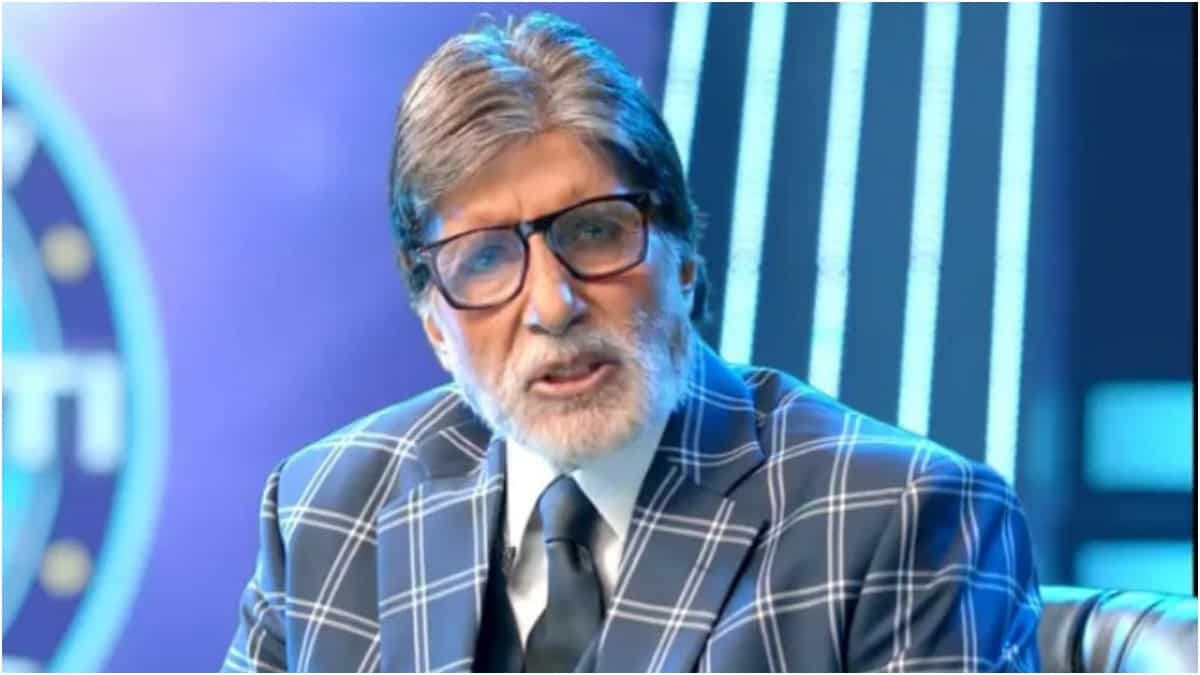
Navratri 2024: How to replace fried food in a healthy Navratri diet?
5 months ago | 5 Views
Foods allowed during a Navratri fast often include fried snacks such as puris and chips. While these help you stay full during your fast, they can result in unhealthy weight gain. A healthy Navratri diet comprises balanced meals and good hydration. Replacing fried foods with more nutritious options can help you stay fit during this time. Make sure to include complex carbs, proteins, and healthy fats in your routine. Besides this, taking care of your hydration by drinking plenty of water, coconut water, and buttermilk can help you stay healthy. Choosing foods such as roasted makhana as well as fruit salads and vegetable stir-fries can help you load up on fibre and nutrients.
Why is fried food unhealthy?
Fasting during the Navratri can result in weight gain if you end up eating the wrong foods and at the wrong times. During fasting, it is important to avoid fried foods to maintain energy levels and support overall health, says dietitian Kejal Shah.
A study published in the European Food Research and Technology states that fried foods are often high in calories, and contain unfavourable compounds. Frying foods lead to the formation of toxic substances. Here are some fried items you should avoid making part of your healthy Navratri diet:
- Pakoras and bhajiyas
- Puris
- Vadas
- Samosas
- Fried Papads
- Chips and fries
- Packaged namkeens and other savories
In fact, not only can you have a healthy Navratri diet, but you can also lose weight during Navratri if you eat the correct food items.
Tips to replace fried food this Navratri
Just because a fast is healthy, does not mean you need to let go of your favourite items. Changing the quantity as well as the style of cooking can make all the difference. Here are some practical tips for your healthy Navratri diet.
1. No more puris
While we love our puris, they are deep-fried and can be very unhealthy. Therefore, try to use kuttu or rajgira flour and make rotis and parathas. This will use less oil and are healthier than puris.
2. Makhanas over pakodas
You can choose healthier snacks such as roasted makhanas or peanuts over pakoras. Pakoras are again deep fried and can make you put on weight. Therefore, avoiding these will help in making your Navratri diet healthy. This will also help you avoid acidity during Navratri.
3. Grill or bake instead of frying
If you are still craving your sabudana vadas, then opt for a different cooking method. Instead of frying the vadas, you can try to bake them. These are healthier and tastier as well! You can also try to cook these in the air fryer.
4. Opt for steamed snacks
Changing snaking options from fried foods to steamed ones can also help you. Opt for samak idlis or rajgira dhokla, says Shah. These will be lighter on the stomach and are easier to digest.
5. Go for baked chips
If you are fond of chips and love snacking on them during Navratri, then try to go for baked chips. Baked sweet potato or banana chips are an excellent choice over the regular potato ones.
6. Snack on nuts and seeds
Snacking on roasted nuts and seeds can not only help curb those hunger pangs but help you in getting your daily protein and fat intake as well. So make sure to consume these during your Navratri diet plan.
7. Fruit snacks
If you are not fond of having plain fruits, then incorporating these in chaats or smoothies can also be a great option. These will make for a good snack, and help you build up your fibre intake as well.

8. Ration the oil
Low-oil stir-fries are a great option for your main course. Make stir-fried vegetables with minimal oil.
These options will keep your meals light and healthy during fasting.
What are the foods that you should make sure to eat during Navratri?
During Navratri, it is important to focus on nutrient-dense foods to stay energized and healthy. Here are the foods you should include:
- Buckwheat (Kuttu): This can be used for rotis, pancakes, or pakoras. It's rich in fibre and keeps you full longer.
- Amaranth (Rajgira): Another flour that you can use for rotis, parathas, or porridge is Amaranth. This is high in protein, iron, and calcium.
- Samak Rice (Barnyard Millet): This is a great rice substitute, which is light and easy to digest, ideal for khichdi or pulao.
- Sabudana (Tapioca Pearls): This is good for energy. You can make khichdi or vadas, but go for baked options.
- Sweet Potatoes: Sweet potatoes are high in fibre and vitamins. These are perfect for chaat or stir-fry.
- Fruits: You can stay hydrated with fruits like bananas, apples, pomegranates, and papayas.
- Dairy: Milk, yoghurt, paneer, and buttermilk provide protein and calcium.
- Nuts and Seeds: Almonds, walnuts, and chia seeds offer healthy fats and nutrients.
- Sendha Namak: Replace regular salt with rock salt during fasting for its purity and digestive benefits.
- Coconut: Incorporate coconut water or grated coconut for energy and hydration.
These foods will keep you energized and nourished throughout Navratri fasting.
What are the best times to eat during Navratri?
To stay healthy during fasting, it's essential to time your meals properly to maintain energy levels throughout the day. Here are the best times to eat a healthy Navratri diet:
1. Pre-dawn meal
You can start your day with a light, balanced meal that includes complex carbs, fruits, and hydrating foods. Foods such as buckwheat porridge, yoghurt, nuts, and fruits can help keep you full longer.
2. Mid-morning snack (between 10-11 AM)
If you are hungry before lunch time, have a light snack like fruit, roasted makhana, or nuts to keep your energy up. This will help keep the hunger cravings in check.
3. Lunch (between 12-2 PM)
Include high-fiber grains like samak rice, quinoa, or amaranth with vegetables or a dairy-based dish like paneer or buttermilk. This will help you keep full for longer.
4. Afternoon snack (around 4 PM)
For an afternoon snack, you can try sweet potato chaat, baked sabudana vada, or a glass of buttermilk helps curb hunger pangs.
5. Evening meal (after sunset)
You must make sure to end the day with a light, balanced dinner. Choose items like baked vegetable tikkis, kuttu paratha, or sabudana khichdi.

6. Hydration throughout the day
Drink plenty of water, coconut water, or herbal teas to stay hydrated. This is very important to keep your energy levels high as well.
Summary
Replacing fried foods in your Navratri diet is a great way to fast in a healthy way. Not only will this diet help you to lose weight, but you will feel energetic as well. Besides this, eating at regular intervals and opting for light, nutrient-dense foods will keep your energy levels stable and help you avoid overindulgence after breaking the fast.
Read Also: Should you work out while pregnant? Expert shares dos and don'ts





















